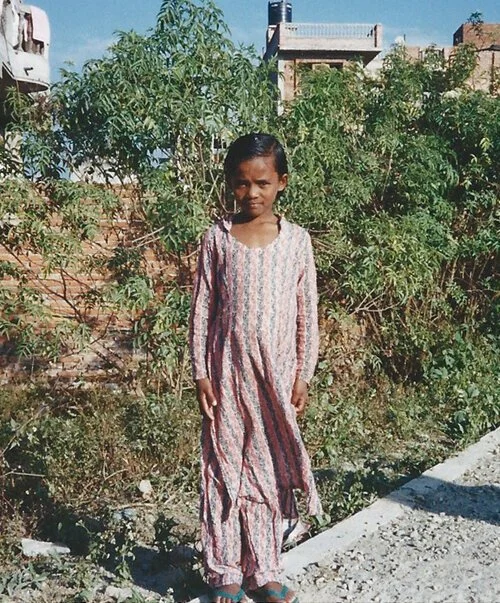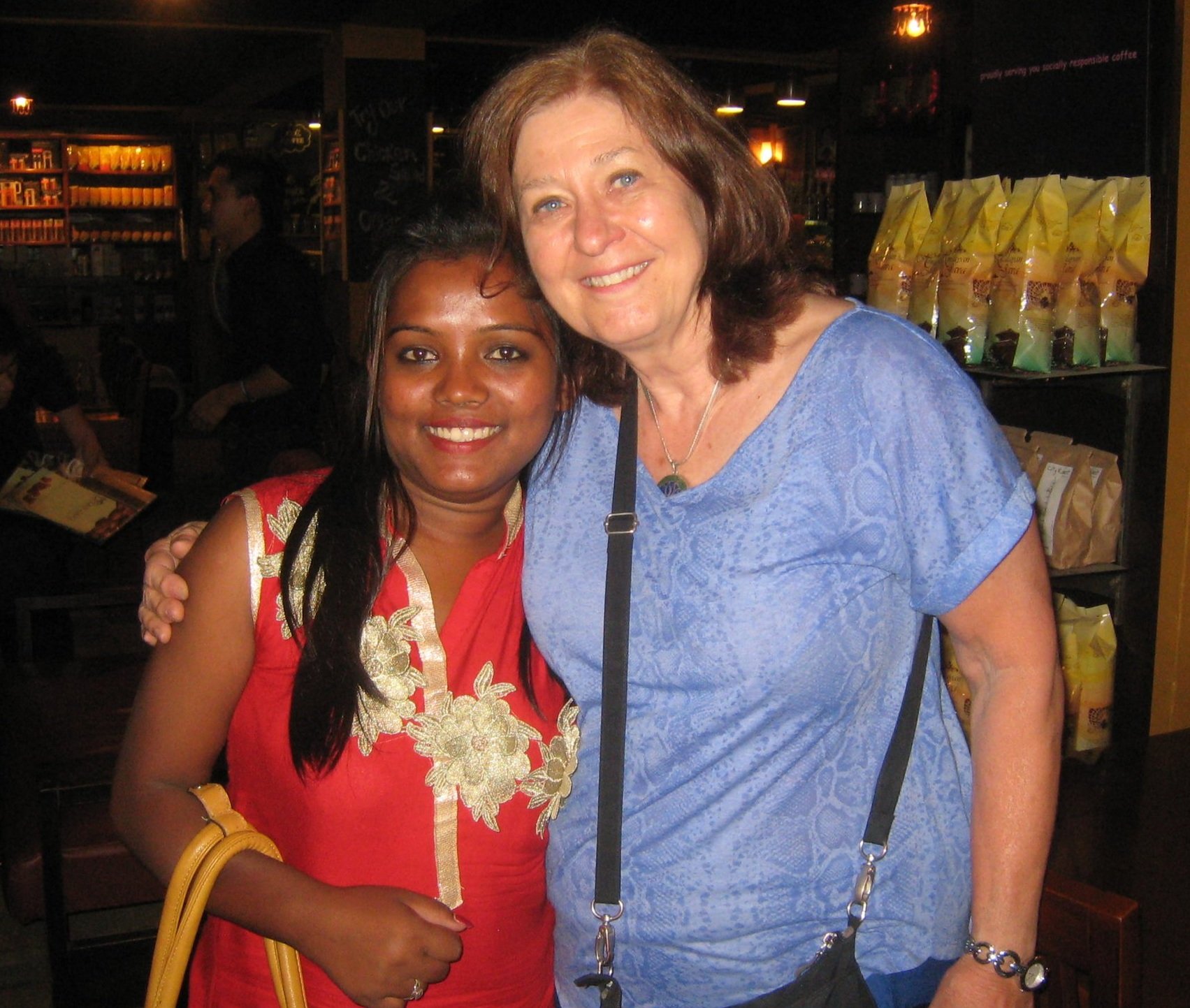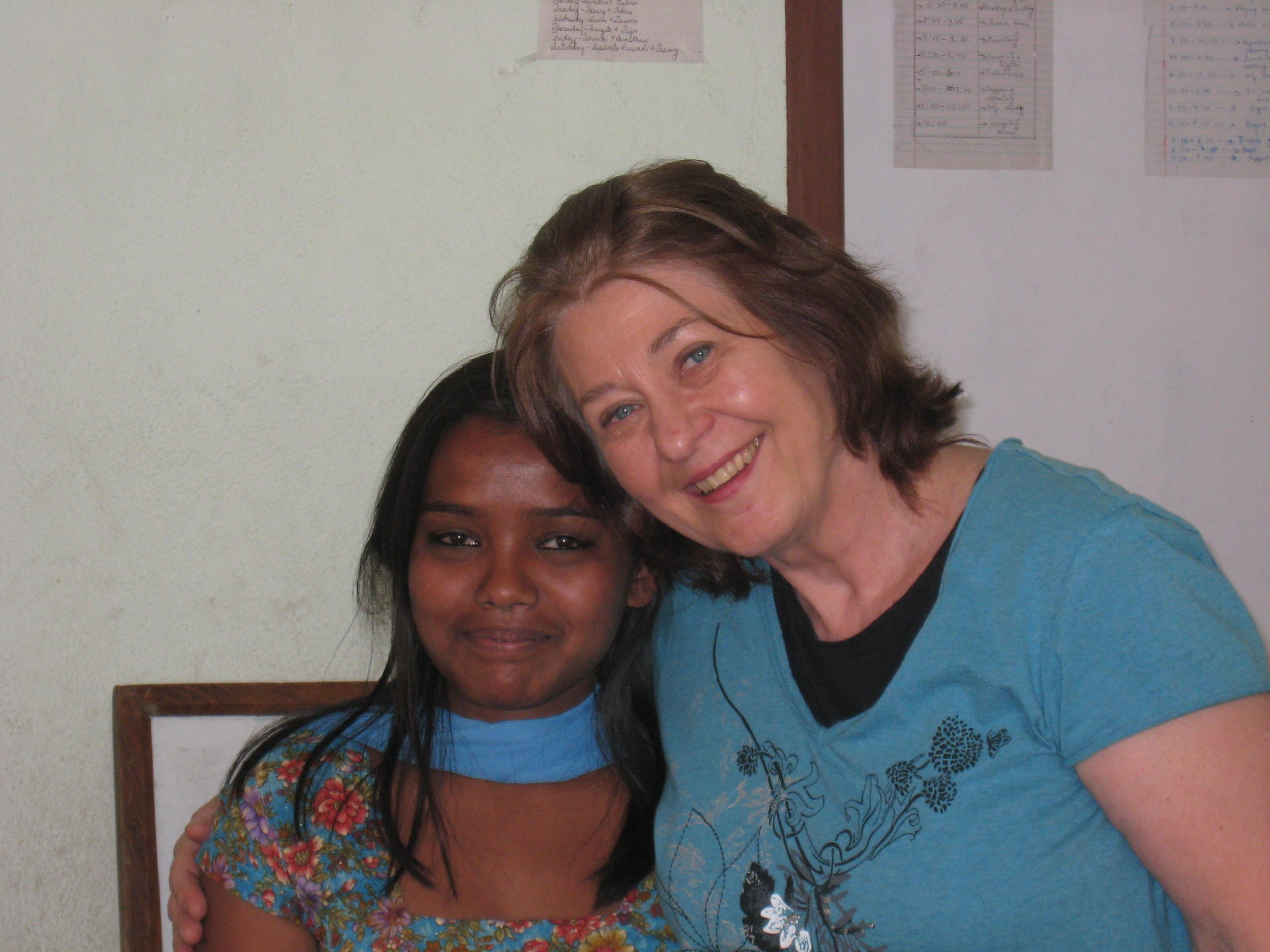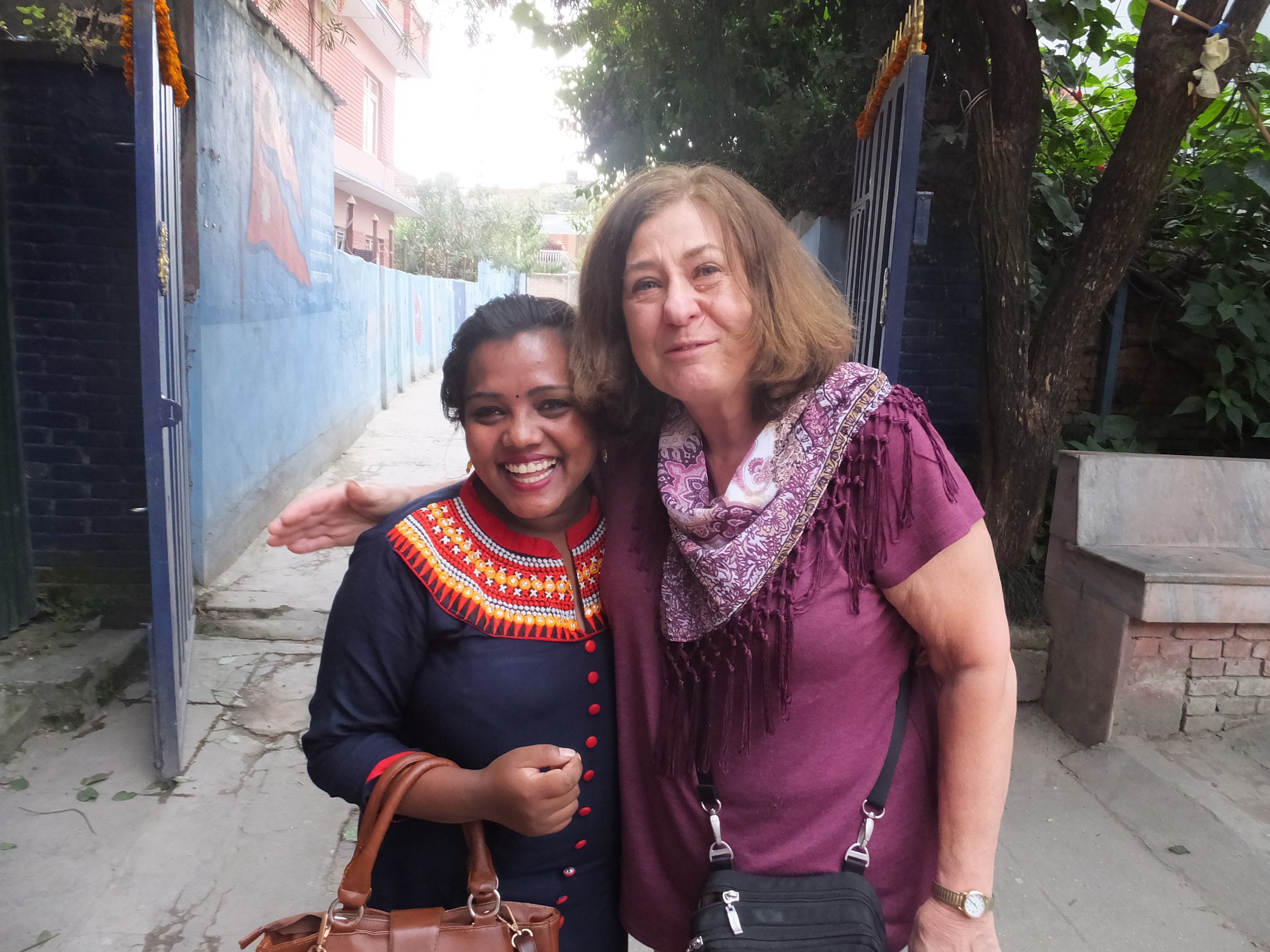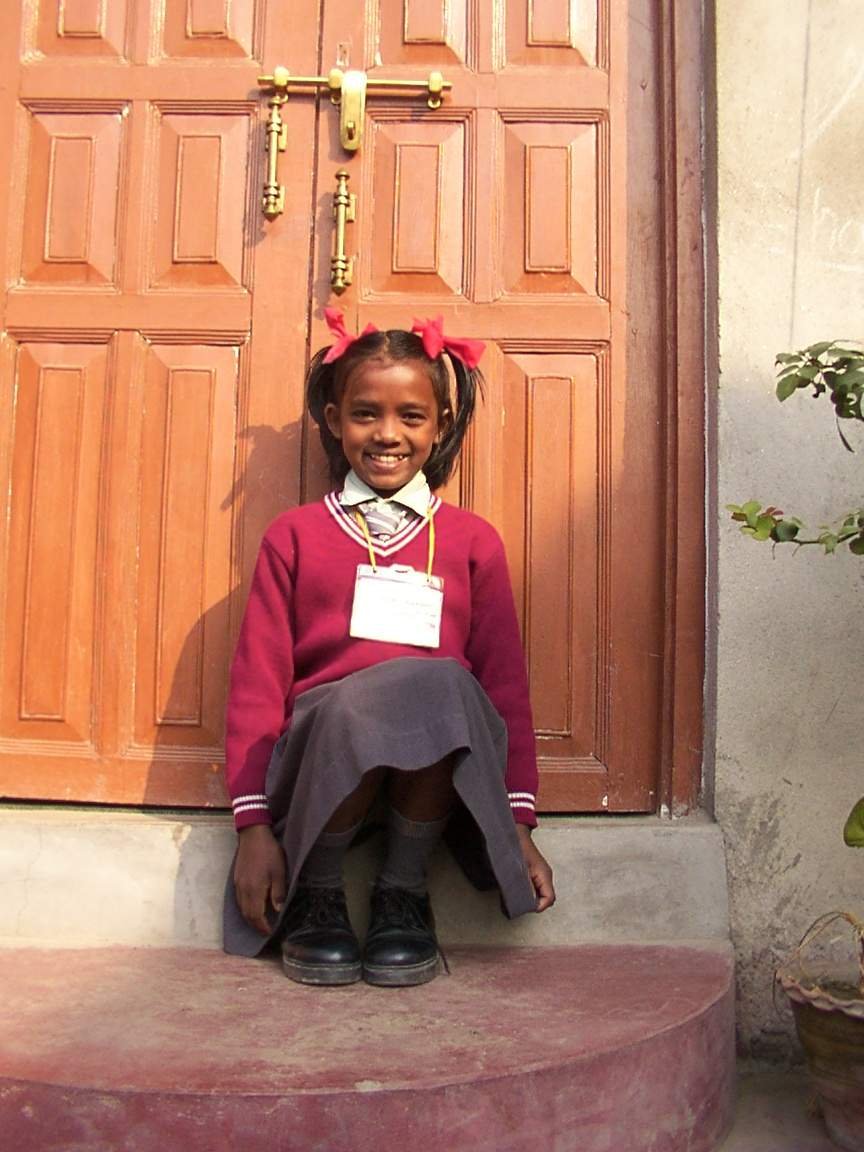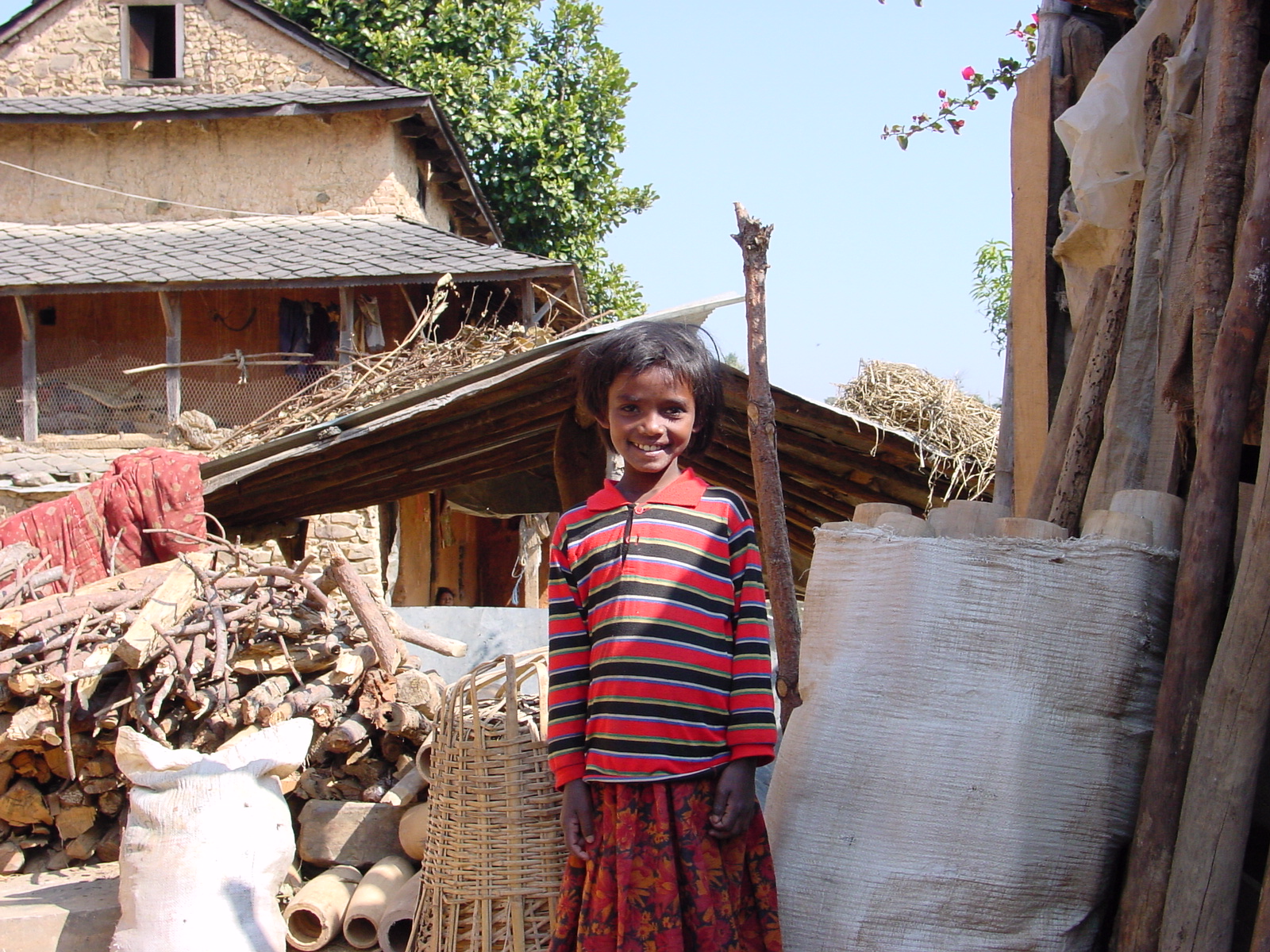The Numerous Challenges Faced in Year One of Mitrata
One of the best aspects of celebrating 20 years of Mitrata, is getting to see all the amazing things we have been able to accomplish throughout those years. However, there can be no success without a few hardships. We have asked our Founder, and Executive Director, Dr. Christine Schutz to share some of the biggest challenges she faced during the first year of Mitrata. Here is what she said:
“Following my first trip to Nepal in 2000, I experienced the joy of learning about a very different culture rich in Hindu tradition, ancient architectural wonders, the beautiful and tallest mountains in the world, and the most hospitable people. But, when I returned in early 2002, it was a different country. It was sliding into civil war following the recent massacre of the royal family and attacks by Maoists on police and army stations in the countryside. I could see fear in the faces of my friends and even in the shop owners and restaurant workers. The killings in the remote villages displaced many people into the city, often settling in slums or “sukumbasi” areas. Transformer bombs were lit by rebels in the city, and curfews were imposed in villages with quickly moving young Nepali soldiers on the trails. Traveling on crowded Nepali buses around the country, hitting my head on the bus ceiling, I was often the only westerner on the bus. Once a bus broke down, left us stranded in the countryside, and we just had to walk to the next village. No one repaired the bus. Another time, when leaving the Kathmandu valley by bus and going through an army checkpoint, we were suddenly stopped and everyone but me was ordered off. Then soldiers came through and pointed their large automatic weapons checking under all the seats and searched everything.
Ishwori in 2002
It was in this time of turmoil when my Nepali friend and I found a young, orphaned girl named Ishwori in a Nepali village. She was homeless and very clearly sick and malnourished. We decided it was necessary to bring her to Kathmandu for healthcare, but because of the issues with traveling locally in Nepal, we knew we could not bring this young girl on a bus. So, my friend and I decided to hike down the mountain to a place close enough to the city to get a taxi to bring her into Kathmandu. Back there, I sent this email from a local internet cafe to Nancy Williger who became Mitrata’s first child sponsor:
“Hello Nancy. Congratulations! You now have a new daughter! Her name is Ishwori K. We are not sure how old she is. She looks about seven years old. She has never been to school. She has been severely poor and neglected. She was wearing no shoes or underwear. She is coughing and very skinny, so we will take her to the clinic on Monday. I bought her clothes, and we are getting her hair cut because she has lice. When we were walking down the hill behind Ishwori on the way to the main road, I kept looking at her bare feet and tiny thin bony shoulders. She is so shy and sad; yet there is strength in her that she has even survived this long. She has the most beautiful long eyelashes. We had an even more interesting time on the road back. It is very winding and through the mountains. She had never been in a car before, so she promptly threw up all over. I think the taxi driver was wishing he had never seen this crazy American woman and her Nepali friend! Poor Ishwori! But now she smiled when she got a hot bath, and we bought her warm clothes and a little huggy bear to hold onto for now. So, she is on her way to a better life. Thanks to you. I was thinking all the way back, "What must she be feeling now? So alone in her world, made fun of by other children and beaten by others in the village because she had no parents." Now she is safe and warm with a hot meal. This is true Dharma work I feel. So, thank you for helping her. I have pictures to share with you when I get back. Love, Christine”
At the time, I had no idea that this spontaneous act of caring for one girl halfway around the world would set off a chain of events. Nancy sent the email to friends, inspiring them to donate, and when I returned to the USA, there were checks in my mailbox. In April, I collected $930.00 USD of donations and by July we had $5,300.00 USD, which at the time, seemed like a lot of money for folks to give to children halfway around the world!
Dr. Christine Schutz and Ishwori many years later
Once I was back in the USA, the challenges of the first few years were about securing enough money, difficulties communicating with friends in Nepal in pre-cellphone and limited internet days, and seeing more and more children in need. I would often receive information from Nanda Kulu, Director of our first NGO partnership, that she had found more children who needed our help. It was always a race to collect enough money as more children in need arrived to the children’s home. Back then, we had to wire the money to Nepal to cover expenses. We didn’t always have enough, and I would sometimes have to take money from my personal bank accounts to cover the expenses. I sent newsletters to everyone with photos of children who needed sponsorship and talked about the children a lot. I sent emails and flyers and made up a brochure. Our first brochure described sponsorship when we supported a children’s home in Naya Bazaar, Kathmandu stating “Child Home Sponsorship- $500. Child School Sponsorship- $250.” The cost was much less 20 years ago!
Still, it was a challenge to find a way to collect tax deductible donations, when my dear friend, Leah Schulte, whom I fondly think of as the “one woman Peace Corps in Nepal” saved the day by generously including my project to help Nepali children in her organization, O.U.E.S.T., described in our first brochure:
Dr. Leah Schulte bottom-left
“O.U.E.S.T. has sponsored and developed several successful programs in Nepal since 1998. Dr. Leah Schulte, the Executive Director, has worked tirelessly in Nepal running the extensive G3 Project in villages of northern Nepal. This program constructed a school, set up school programs and healthcare for women in the village, and built water systems among other projects. OUEST is also in partnership with Seed Tree Nepal, a pro-environment NGO establishing nurseries, planting trees, and creating organic waste disposal systems in southwestern Nepal.”
By the fall of 2004, we had 44 children in the sponsorship program. The joy on the children’s faces when I visited Nepal, the friendships I had developed there, and the generosity of my American friends and family giving so generously in a country half a world away was remarkable. But somehow, I had to figure out how to keep it up and still make a living in USA. I was fraught with uncertainty and anxiety about my responsibility for the children’s welfare, and torn between two places. I wondered if the children would be better served if I just moved there and ran the program myself? I loved being in Nepal despite the hardships, and I had met several foreigners who were running programs there. But luckily, from inner conflict came a new vision. With the support and guidance of dear friends, I envisioned supporting the children, and the country of Nepal, by establishing a nonprofit organization whose goal was to fundraise and sustain a human services project that employed Nepali people, not Americans, and helped children become educated Nepali citizens. This was the beginning of the Mitrata Nepal Foundation for Children 501C3 established in 2005.”
To learn more about the history of Mitrata, click the button below!

